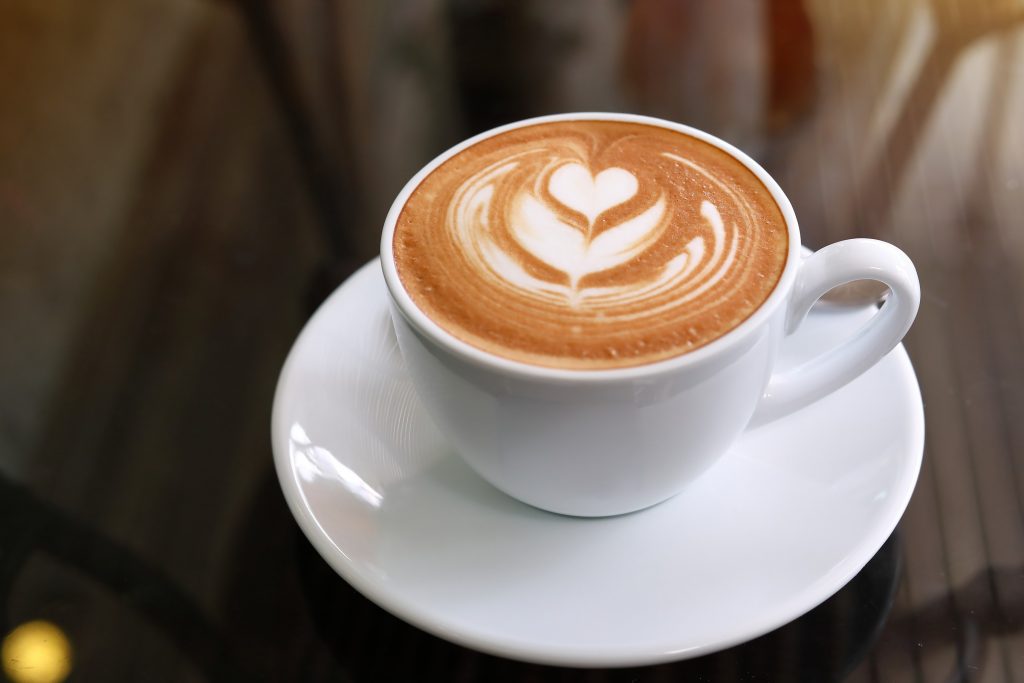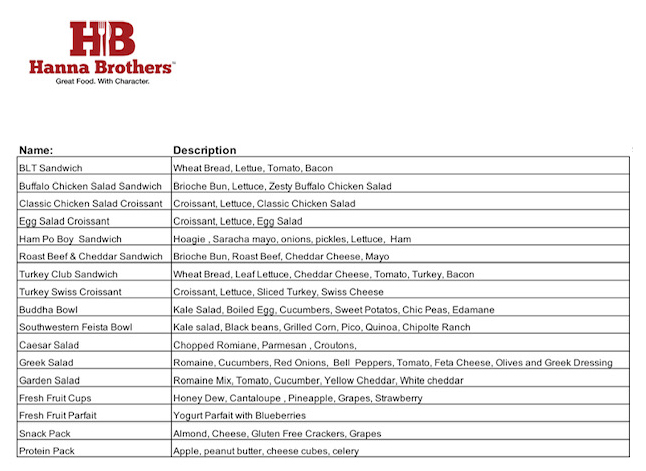
25 Mar Atlanta Coffee Delivers the Caffeine

How much coffee do your Atlanta employees drink each day? One cup? Two? More? Knowing the number of cups and their contents is important especially if an individual wants to know how much caffeine they are consuming.
March is Caffeine Awareness Month, and with more than three-quarters of the U.S. population starting their day with some sort of caffeine, let’s take a deeper look at everyone’s favorite energy boost–caffeine.
According to the U.S. Department of Health and Human Services’ 2015-2020 Dietary Guidelines for Americans, adults can add up to 400 mg/day of caffeine into their daily diet. In addition to coffee, Atlanta employees can also find caffeine in tea, energy drinks, soda, smoothies, bars, chocolate and gum.
Understanding what is caffeine is, and how it impacts the human body is very important. A simple explanation is caffeine is a stimulant that excites or activates the central nervous system. The results of that stimulation can vary widely as caffeine’s effects are based on each Atlanta individual’s sensitivities, age, weight, medical history, and tolerances.
Even though there can be negative side effects from consuming too much caffeine, there are also several benefits. For example, caffeine has been linked to enhanced alertness and memory, improved athletic performance, elevated mood, increased metabolism as well as a decrease in pain sensitivity for those with chronic pain.
When Atlanta employees consider which coffee or espresso-based beverage to choose, there are two questions they should consider.
Question 1: Does this beverage contain caffeine?
To determine the answer to question one, everyone should check the ingredients’ list. If the word “caffeine” is included, then there is synthetic caffeine, as in soda or energy drinks. If there is a type of plant like cocoa beans, kola nuts or black tea, then the caffeine comes from a natural source.
Question 2: How much caffeine is in coffee?
The answer to this question depends on several factors including the type of beverage and how it’s prepared. When brewing coffee, the temperature of the water greatly affects the amount of caffeine produced; the hotter the water, the greater the caffeine.
The amount of beans used also plays a role. For example, cold brew coffee can have more caffeine per cup because 1.5 times more ground coffee is used compared to traditional brewing methods. As general guide, an 8-ounce cup contains the following amounts of caffeine:
-
- Decaf (0.4 mg/fl oz): 3 mg
- Instant (8 mg/fl oz): 64 mg
- Drip/brewed (12 mg/fl oz): 96 mg
- Espresso (64 mg/fl oz): 512 mg (but drinking this much espresso isn’t a good idea)
Break Room OCS
What types of hot, caffeinated beverages do your Atlanta employees look for during their workday? With the chance that employees may consume three to five 8-oz cups of coffee daily, there are multiple opportunities to encourage those employees to stay on-site for their breaks and meals. Offering free OCS is also a great way to express your appreciation. Add snacks, cold beverages and fresh food to the menu, and everyone will be more likely to visit the break room.
For more information about upgrading your office coffee service or customizing a new refreshment menu, please call Seventh Wave Refreshments at 404-754-9799 .


